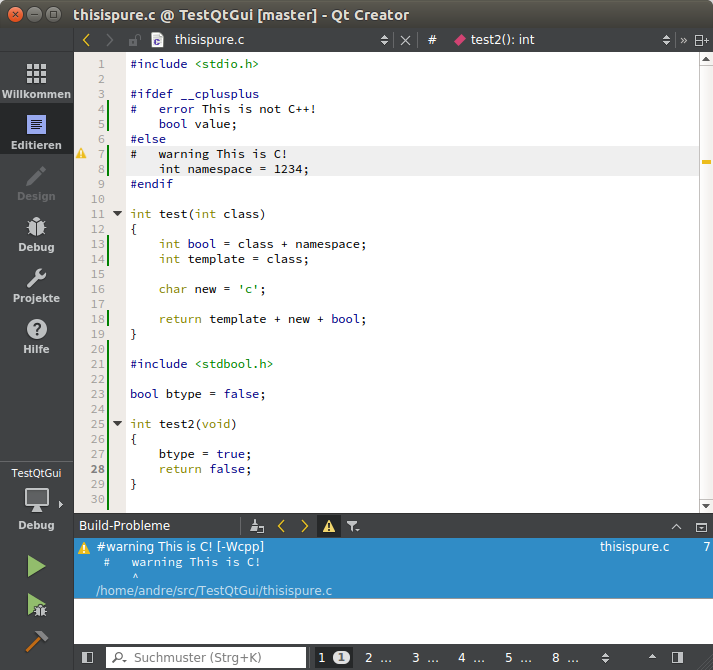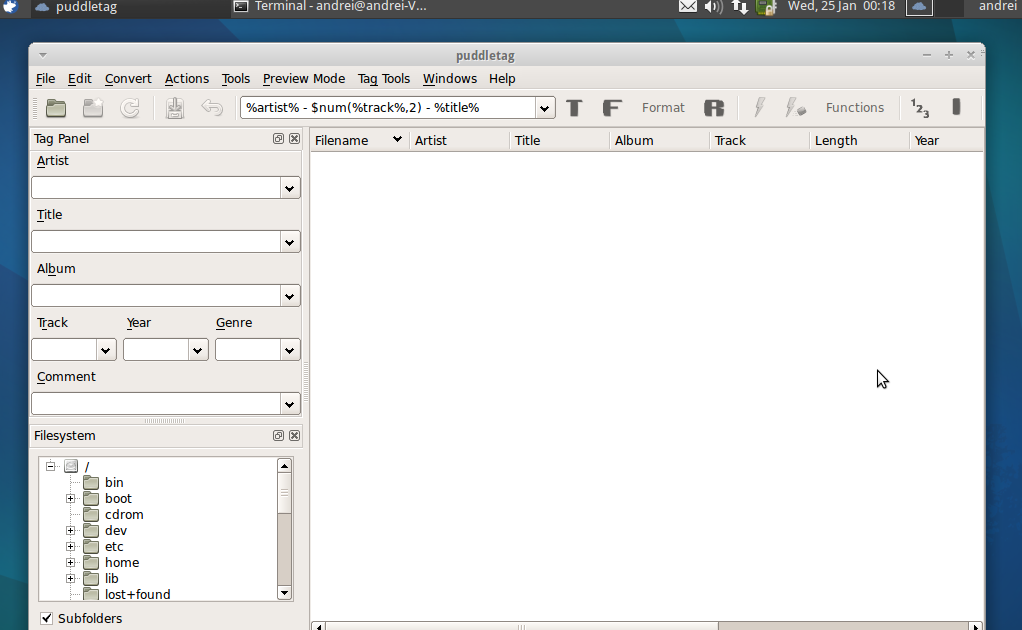

- Qt plain text editor how to#
- Qt plain text editor install#
- Qt plain text editor full#
- Qt plain text editor code#
- Qt plain text editor windows#
You can remove widgets from the Scratchpad category by right-clicking them and selecting Remove in the context menu. You can fill the Scratchpad category with any widget currently placed on a form by dragging and dropping them back onto the Widget Box. In this section, you can group frequently used objects in a separate category. The Widget Box also provides a Scratchpad section at the bottom of the window. When you’re creating your forms, you can take objects from the Widget Box with your mouse pointer and then drag and drop them onto the form to build its GUI. You can show or hide all the available objects in a category by clicking the handle next to the category label. The objects are grouped into categories that reflect their specific use. You can type the name of a given object or widget and get quick access to it. The Widget Box provides a filter option at the top of the window. These templates include options to create dialogs, main windows, and custom widgets: In this dialog, you can select from five available GUI templates. When you run Qt Designer, you’re presented with the application’s main window and the New Form dialog.
Qt plain text editor how to#
In the next two sections, you’ll learn the basics of how to use these components of the Qt Designer interface. The window in the background is Qt Designer’s main window. The window in the foreground is Qt Designer’s New Form dialog.
Qt plain text editor windows#
You should get the following two windows on your screen: If you’ve already installed Qt Designer using one of the options discussed so far, then go ahead and launch the application. In this case, to complete the installation process, you need to register a Qt account.
Qt plain text editor install#
On macOS, if you’ve installed Qt from Homebrew using the brew install qt command, then you should have Qt Designer already installed on your system.įinally, you can download the Qt installer for your current platform from the official download site and then follow the on-screen instructions. In other words, you’ll have a system-wide installation and you’ll be able to run Qt Designer by clicking its icon in a file manager or system menu. This command downloads and installs Qt Designer and other Qt tools on your system. ui files directly and load their content to generate the associated GUI.
Qt plain text editor code#
Then you can use this Python code in your GUI applications. ui files into Python code with pyuic5, which is a command-line tool that comes with PyQt. These files are XML files with detailed descriptions of how to generate Qt-based GUIs.

It doesn’t produce code in any particular programming language, but it creates.

Qt Designer is platform and programming language independent. Qt Designer also allows you to preview your GUIs using different styles and resolutions, connect signals and slots, create menus and toolbars, and more. After that, you can arrange them into a coherent GUI using different layout managers. With this tool, you create GUIs by dragging and dropping QWidget objects on an empty form. Qt Designer is a Qt tool that provides you with a what-you-see-is-what-you-get (WYSIWYG) user interface to create GUIs for your PyQt applications productively and efficiently. Get the Source Code: Click here to get the source code you’ll use to learn about creating Python GUI applications with Qt Designer in this tutorial. You can get the code and all the required resources to build this application by clicking the link below: You’ll put all this knowledge together by using the GUIs that you’ll build with Qt Designer in a sample text editor application.

Qt plain text editor full#
The first path can dramatically improve your productivity, whereas the second path puts you in full control of your application’s code. To create a GUI for your windows and dialogs in PyQt, you can take two main paths: you can use Qt Designer, or you can hand code the GUI in plain Python code.


 0 kommentar(er)
0 kommentar(er)
